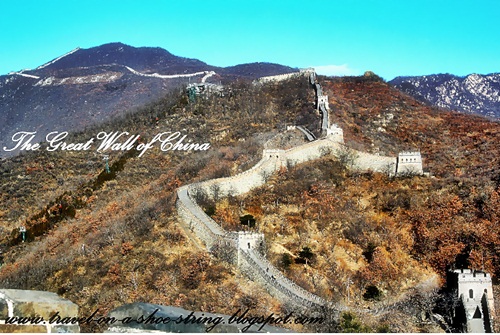The Peñafrancia festival is set for September 9 to 18 of this year.
The Our Lady of Peñafrancia Basilica is located in Naga City.
The feast of Our Lady of Peñafrancia is celebrated on the third Saturday of September in Naga City, Bicol.
The feast day is preceded by a novena, nine days of prayer, in honor of the Virgin.
On the first day, the image of the Virgin, a copy of the Madonna in Peñafrancia, Spain, is brought from its shrine to the Naga Cathedral where the novena is held.
On the last day, the image is returned to her shrine following the Naga River route.
Photo credits to my cuzin Rafael Matubis Jr.


































